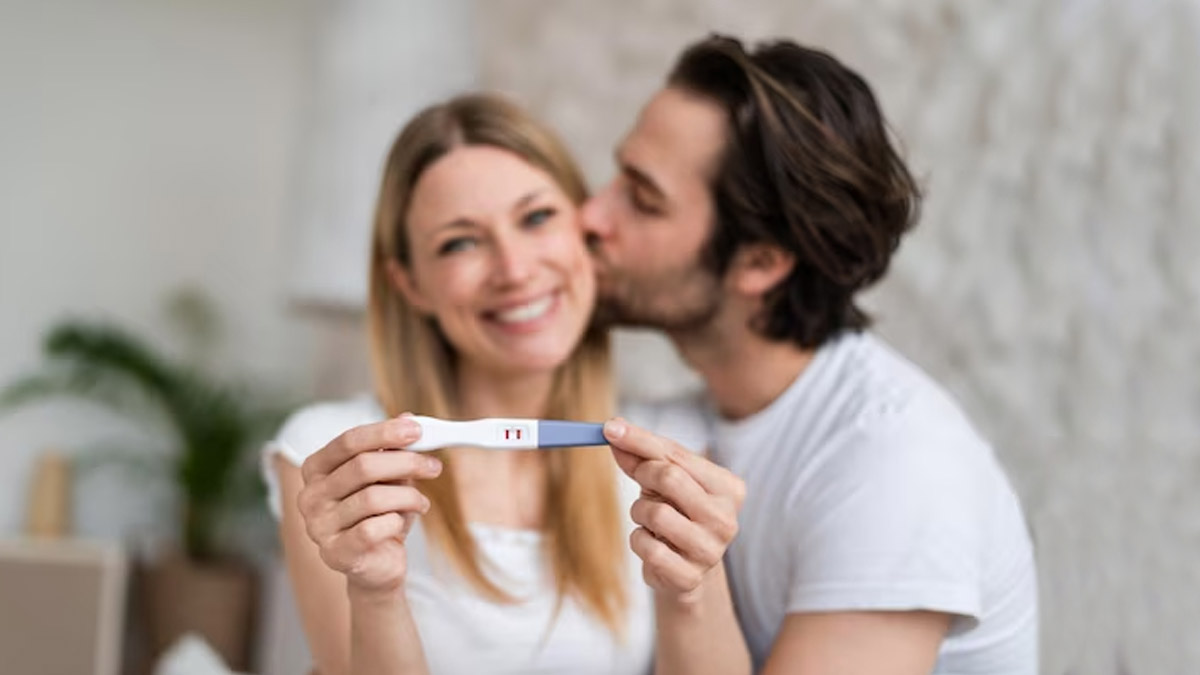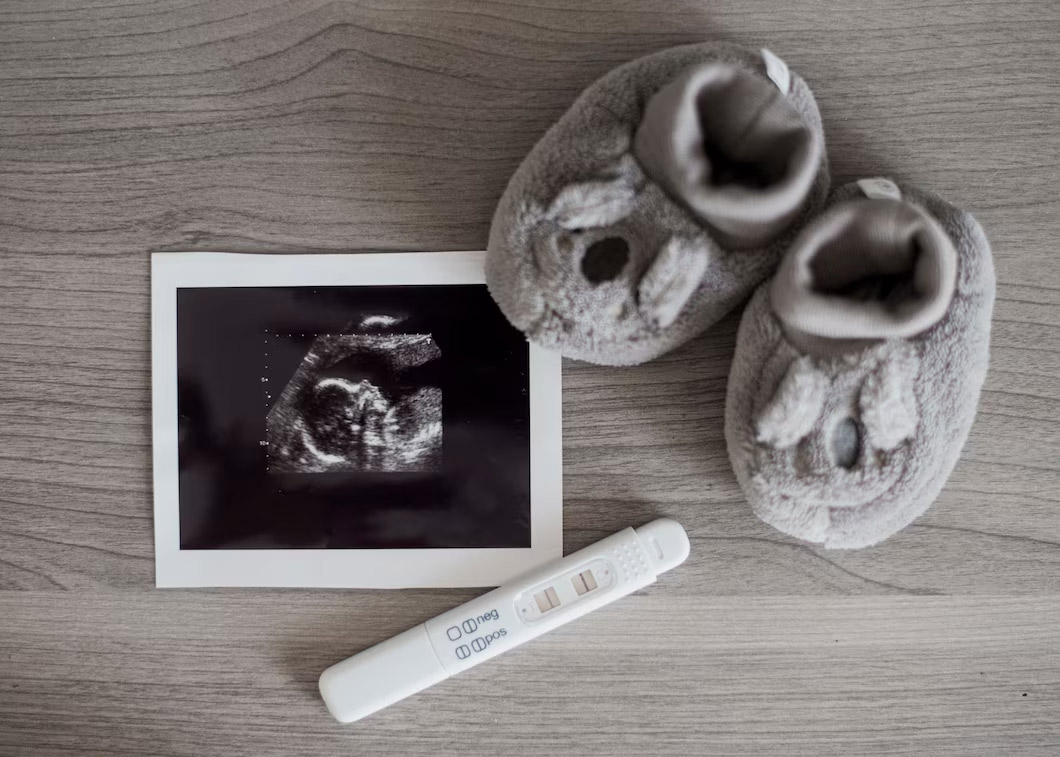
Fertility preservation has evolved to encompass the freezing technique known as vitrification, involving eggs, sperm, and embryos. This procedure serves both medical and non-medical purposes. Medical applications include preservation before cancer treatment or ovarian surgery, while non-medical contexts encompass social egg freezing. In recent times, media coverage, celebrity endorsements, and corporate incentives have heightened awareness around egg freezing. Factors such as challenges in finding a suitable partner and career priorities have prompted many women to consider this option. However, the age at which eggs are frozen significantly impacts the chances of success. If you are considering fertility preservation, Dr Duru Shah, Director, Gynaecworld – The Center for Women’s Health and Fertility has some vital information that is a must read for you.
Crucial Factors Impacting Success Rates of Fertility Preservation
According to Dr Shah, the age of a woman when her eggs are frozen significantly influences the success rate. Younger women yield better quality and more number of eggs, thereby increasing the potential for a substantial egg reserve. Yet, the process of egg freezing isn't straightforward.
Not every frozen egg survives the thawing process and successfully forms a normal embryo. According to the American Society of Reproductive Medicine (ASRM), the survival rate after vitrification and thawing is estimated to be between 90% and 97%. Approximately 75% (frozen), of such eggs get fertilised by sperms. Possibility of the embryos getting attached to the uterus ranges is approx. 25%. Hence the pregnancy rate per vitrified (frozen) and thawed egg is estimated at 4.5% to 12% only. The journey from egg to embryo presents multiple challenges.

Recent research indicates that freezing a minimum of 15 mature eggs results in an approximately 80% chance of a live birth, provided the eggs were frozen before the age of 35. However, as age advances, this success ratio diminishes.
Also Read: Why Egg Freezing Is A Great Way For Fertility Preservation
Frozen Embryos and Their Viability
“Freezing embryos is an emerging option for younger couples seeking to postpone pregnancy. This approach necessitates fertilisation before freezing, with couples in committed partnerships being ideal candidates. Alternatively, single women can opt for egg freezing to independently safeguard their fertility,” says Dr Shah.
Data from the Society for Assisted Reproduction (SART) demonstrates that implantation rates for frozen embryos are approximately 52.3% per cycle in women under 35 years, 47% between 35 and 37 years, 38.2% between 38 and 40 years, 24% between 41 and 42 years, and 9% in women over 42. Success also hinges on various infertility factors, such as semen quality, assisted reproductive technology (ART) techniques, and the number of embryos transferred. While scientific studies indicate no obvious differences between fresh and frozen embryo IVF cycles, some suggest improved outcomes with frozen cycles.
Also Read: Why Are Low Sperm Count and Poor Egg Reserve Problems Are Increasing Lately

Sperm Cryopreservation: Balancing Benefits and Considerations
According to Dr Shah, freezing sperm is a viable option for men undergoing cancer treatment or facing the risk of genital injury. With millions of sperm present in semen, the intricate metabolic structure of human sperm significantly contributes to healthy embryo development. Ongoing research has been looking at possible concerns related to freezing of sperms – such as DNA damage and reduced survival after-thawing, though the full implications are not yet available.
Watch this video to know five important things before undergoing fertility treatment:
Conclusion: The Equivalence of Frozen and Fresh Cycles
Summing up, Dr Shah comments that in the era of rapid freezing or vitrification, success rates of frozen eggs and sperms have achieved parity with fresh cycles. Moreover, the duration of freezing appears to exert a major impact on live birth rates. As technology continues to advance, fertility preservation methods are affording individuals and couples more options to navigate their reproductive journeys.







